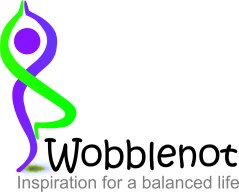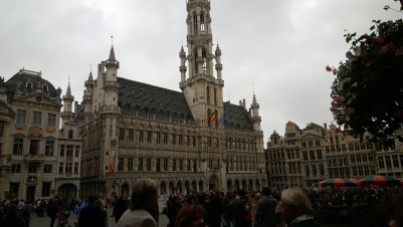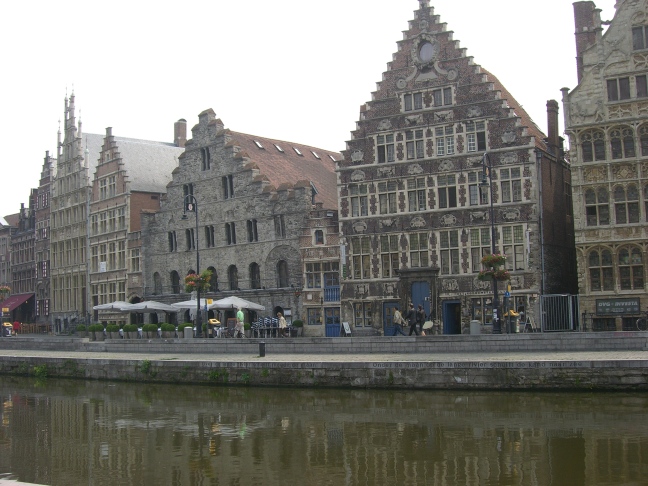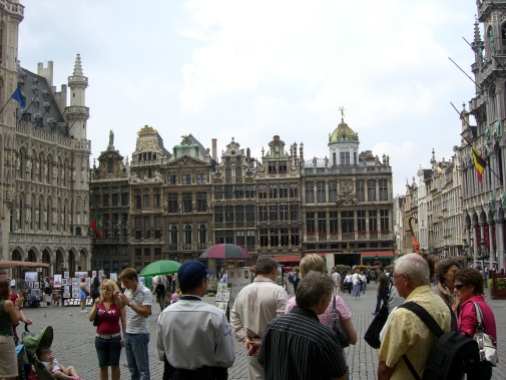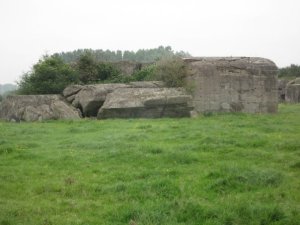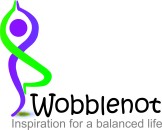I’ve asked myself: Would I have done this trip if I’d had all the facts beforehand?
Before leaving my cousins’ for Yosemite, I did a five mile practice hike on hilly terrain with 15 pounds in my backpack. A friend of theirs suggested I hike nearby Mount Tam to prepare for the altitude. He told me I’d be climbing for the first three miles from the start at Yosemite. He considered altitude to be a significant factor. Crap…I hadn’t trained for it…and this was no time to start.
Everyone had advice. Cousin Doreen suggested I swap my brother’s sleeping bag for hers because of size and weight. So I did. Brother David suggested I leave the heavier legging and shirt base layers of clothing behind because of the weight, plus I wouldn’t need them. So I did. After those adjustments, my backpack weighed 22 pounds.

Sleeping bag comparison
The first part of my adventure was getting to Yosemite. The drive wasn’t complicated, though I lost the highway around Oakdale, California. When I stopped at a store for course correction, the shopowner gave me a package of nuts. That was very nice of her, and I accepted. But, it would be more weight in my backpack, and I knew I couldn’t leave the nuts in the car.
I’m a snacker, and didn’t snack in the car for the entire road trip. Why? I’d read that no food, crumbs, packaged food, or coolers should be left in the car. Any food left in the car had to go in a bear can or a food locker. Otherwise, bears can sniff out the food. They’ve been known to bust in and rip out back seats for food stashed in the trunk. Now that’s a powerful sense of smell. This snacker was not going to put the rental car at risk.
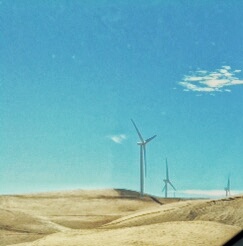
Wind farm

Foothills en route to Yosemite
The drive to Yosemite was beautiful. The topography changed from gentle hills with wind farms around Livermore, then orchards around Oakdale. I was in the agricultural Central Valley and passed produce stands. I started seeing foothills, as the road gently started to climb. The Sierra Nevada mountain range began to reveal itself.

Mariposa lily (?)

Beginning of alpine country
The first elevation sign I saw was at 2,000 ft. Groveland is the last major town before Yosemite. The elevation there is 3,136 ft. (I was getting a little oh-shit concerned because, even if I could have prepared, I live at 341 ft elevation. En route to Yosemite, I was still climbing upward.) At that point, the temperature was hot-as-hell 90+ degrees.
After Groveland, I reached the “Priest Grade” part of California State Route 120. It climbs. It has dropoffs with no guard rails. (My mother would have lost her mind if she’d been with me.) The road went up, up, up and the signage showed higher and higher elevations. As I began to get drowsy, I knew my problem was the altitude.
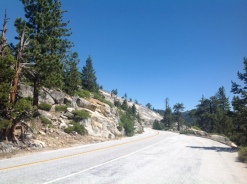
I entered Yosemite National Park at Big Oak Flat Entrance. This did not mean the trip was over. I had 1-1/2 hours more to go inside the Park to reach Tuolumne Meadows and the backpackers’ camp.
A few facts about Yosemite National Park:
- The Park is 1,169 square miles, 94% of which is wilderness
- The Park’s 10 highest peaks are between 12,446 – 13,144 feet
- There are 800 miles of trails
- Yosemite has five of the world’s highest waterfalls
- The Park is on the UNESCO World Heritage Site list
- It is the U.S.’s oldest wilderness park
- The 9th Cavalry regiment of the Buffalo Soldiers became Park Rangers in 1905 for Yosemite and other state and federal lands. (I did quick research to see if my grandfather had a link to Yosemite. He was a Buffalo Soldier between 1905 – 1910, but he was in the 10th Cavalry.)
I parked at turnouts to photograph the scenery. One of my ‘wow’ moments was when I saw Tenaya Lake, adjacent to Route 120. The lake is at 8,150 feet elevation. I was only going up in elevation and not down. It is what it is, I thought.

Tenaya Lake – Yosemite National Park

Tenaya Lake – Yosemite National Park
I reached Tuolumne Meadows — elevation 8,600 feet. The temperature was now mid-70 degrees outside. I unloaded my gear and looked for the REI group. On the way, I met a young woman who was backpacking alone. She was from Texas and at Yosemite to hike the John Muir trail. Now that’s intrepid. It was heartening to see. I hadn’t been exposed to this world at all and, even in its most basic form during scouting, I managed to avoid it.
Breathing hard and totally winded, I lugged my backpack up a little hill to find the group. My physical reaction to this little tiny trek of 300 yards did not bode well. I hoped my body would acclimate overnight to the rarefied air. I knew the next day would be the most challenging of the whole trip.
I met my fellow backpackers. Ages ranged from 18-57+. We came from Mexico City, California, Colorado, Illinois, North Carolina, and Maryland. Some were novice backpackers (like me), and some were experienced. Four of us were lawyers, which is a weirdly high number among a group of 12 backpackers.
Our guides cooked dinner, which is a big bonus. As we sat around the campfire in REI’s camp chairs, they told us what to expect the next morning. We were instructed on how to use the “facili-trees” when it was time. Doing “No. 2” required special instruction, having to do with the use of a shared trowel.


The temperature started dropping in early evening. I was glad I’d brought layers of down outerwear.

It was a long night. I was in a tent by myself, as I’d initially feared. I kept my pack outside the tent, my boots inside the tent, along with my head lamp. My next day’s hiking clothes were folded inside the sleeping bag with me so they’d stay warm.
I tried to get comfortable, but I’m a sprawler. A sleeping bag is confining. I followed David’s advice to sleep in underwear because he said I wouldn’t need more. It got colder and colder…down to 42 degrees. I regretted letting Doreen talk me out of David’s “Mars grade” sleeping bag — suitable for extreme cold. (Doreen’s was suitable to 40 degrees.) And David had talked me out of bringing heavier base layer leggings and shirt.
I was cold. You can’t sleep when you’re cold. I don’t like to be cold. Somehow, my head finally found its way into the sleeping bag hood because it’s a mummy bag. That was my “Aha” moment. That’s what I needed so I could get warm. I went with it, zipped all the way up, stayed still, and warmed up. I may have even finally slept a little. Other than our guides, I was up at first light and dashing to the toilet (while I still could).

We stayed at Tuolumne Meadows backpackers’ camp only one night. We had the luxury of flushing toilets and cold running water (but no soap) in nearby bathrooms. We used REI’s cups, plates, and utensils. We had camp chairs. We had an actual water cooler and a bear locker. We had a picnic table and bench, and commercially-purchased wood for the campfire. We were spoiled and didn’t know it. We were “glamping” that first night, in comparison to what was coming.
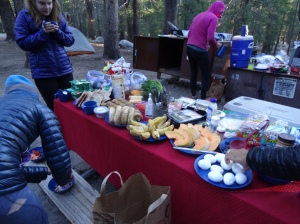
When everyone was up, we ate breakfast and made our lunches. We had to re-pack our backpacks to include a bear can, a portion of camp equipment, and our tents. Each bear can had a share of the group’s food in it. We put our personal snacks and toiletries in the leftover space. Why put toiletries in a bear can? Because bears can still pick up a scent. It is part of bear-proofing the campsite. With the extra supplies, my backpack weighed closer to 40 pounds.

Re-packing the backpack – Bear can labeled “Tioga”
And so it went as we prepared to hike higher into Yosemite’s wilderness….
(Check out Part 3 of this series! )
